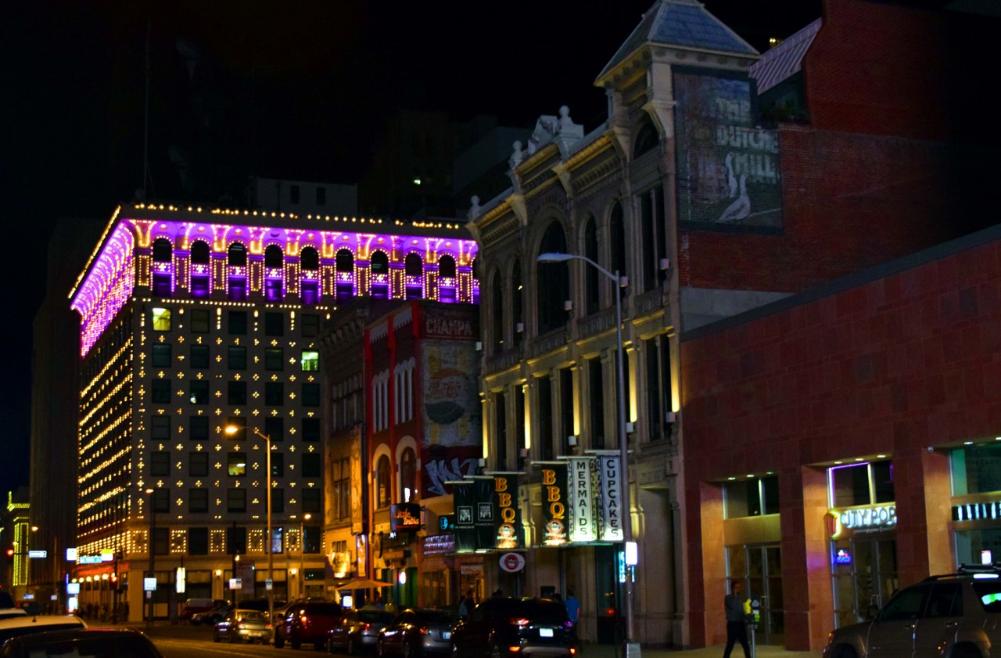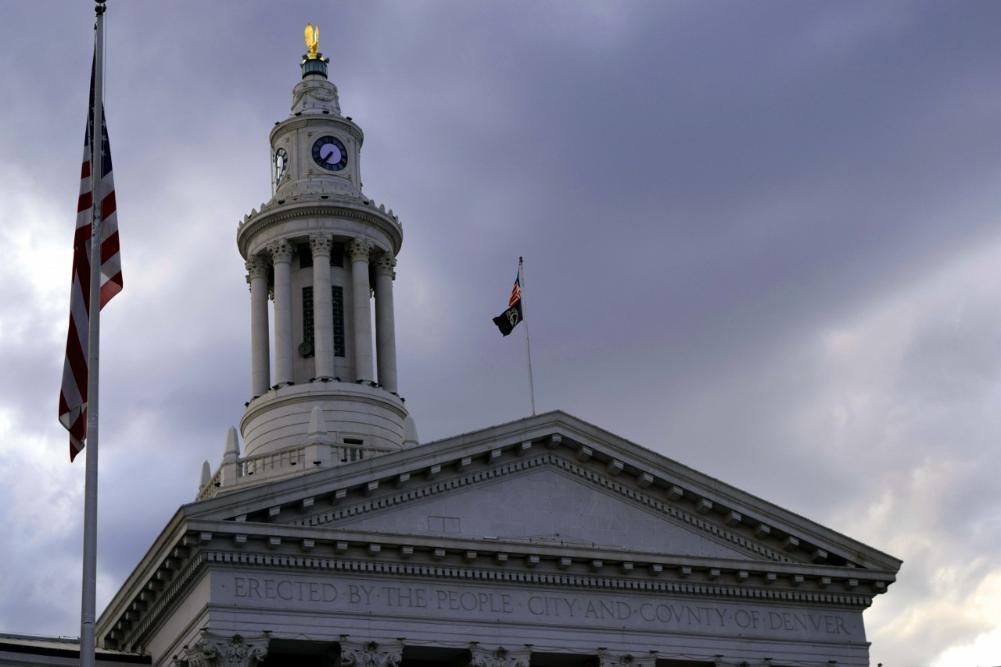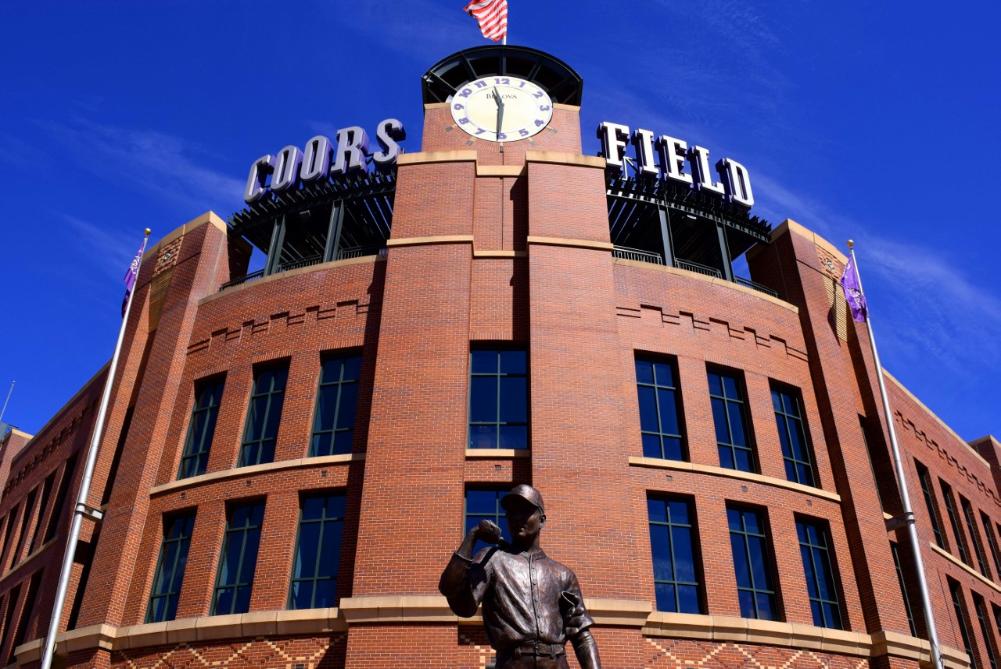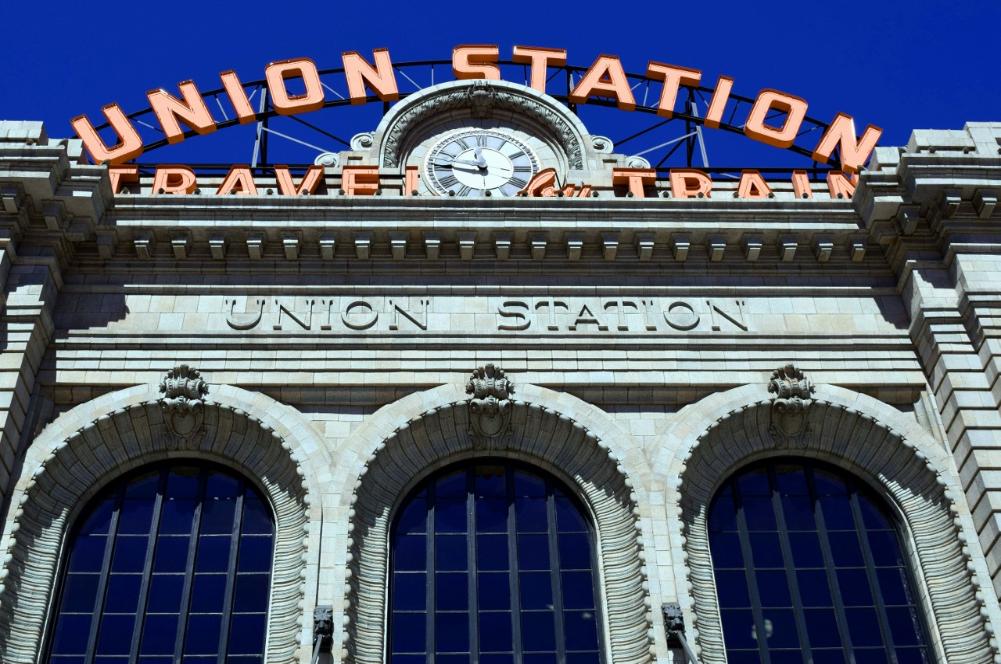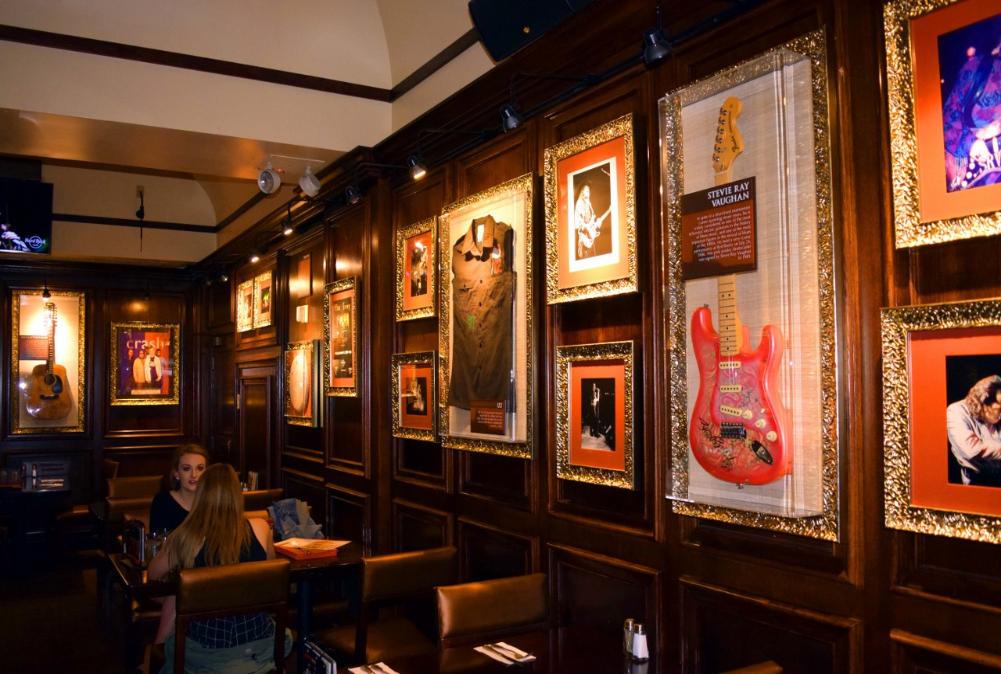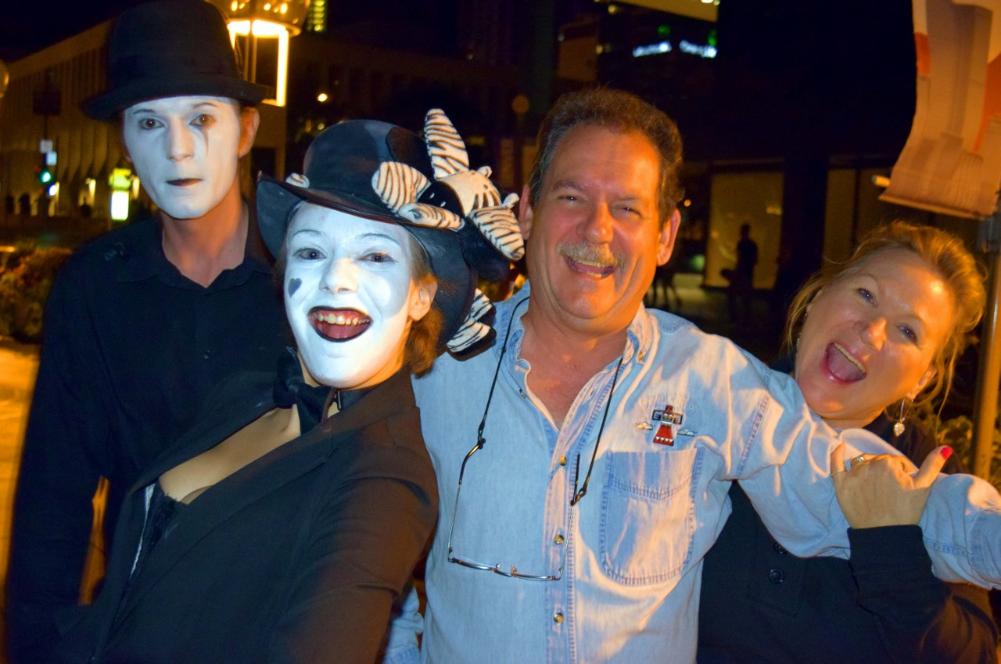| Denver City was founded in November 1858 as a mining town during the Pike's Peak Gold Rush in western Kansas Territory. That summer, a group of gold prospectors from Lawrence, Kansas, had arrived and established Montana City on the banks of the South Platte River. This was the first settlement in what was later to become the city of Denver. The site faded quickly, however, and by the summer of 1859 it was abandoned in favor of Auraria (named after the gold mining town of Auraria, Georgia), and St. Charles City. On November 22, 1858, General William Larimer, a land speculator from eastern Kansas Territory, placed cottonwood logs to stake a claim on the bluff overlooking the confluence of the South Platte River and Cherry Creek, across the creek from the existing mining settlement of Auraria, and on the site of the existing townsite of St. Charles. Larimer named the town site Denver City to curry favor with Kansas Territorial Governor James W. Denver. Larimer hoped that the town's name would help make it the county seat of Arapaho County, but unknown to him Governor Denver had already resigned from office. The location was accessible to existing trails and was across the South Platte River from the site of seasonal encampments of the Cheyenne and Arapaho. The site of these first towns is now the site of Confluence Park near downtown Denver. Larimer, along with associates in the St. Charles City Land Company, sold parcels in the town to merchants and miners, with the intention of creating a major city that would cater to new emigrants. Denver City was a frontier town, with an economy based on servicing local miners with gambling, saloons, livestock and goods trading. In the early years, land parcels were often traded for grubstakes or gambled away by miners in Auraria. In May 1859, Denver City residents donated 53 lots to the Leavenworth & Pike's Peak Express in order to secure the region's first overland wagon route. Offering daily service for "passengers, mail, freight, and gold," the Express reached Denver on a trail that trimmed westward travel time from twelve days to six. In 1863, Western Union furthered Denver's dominance of the region by choosing the city for its regional terminus. The Colorado Territory was created on February 28, 1861, Arapahoe County was formed on November 1, 1861, and Denver City was incorporated on November 7, 1861. Denver City served as the Arapahoe County Seat from 1861 until consolidation in 1902. In 1867, Denver City became the Territorial Capital. With its new-found importance, Denver City shortened its name to Denver. On August 1, 1876, Colorado was admitted to the Union. |
| All rights reserved. |
| MORE TRAVEL LINKS! |
| A TASTE OF COLORADO |
| DENVER, COLORADO |
| The Mile High City In More Ways Than One |
| COORS FIELD |
| UNION STATION |
| LARIMER SQUARE |
THREE PAGES
| TWO PAGES |
| DENVER'S AMAZING HARD ROCK CAFÉ |
TWO PAGES
| THE PARAMOUNT CAFÉ |
| DENVER'S COYOTE UGLY SALOON |
| ME & MY MIMES |
| MISCELLANEOUS DENVER |
TWO PAGES
| The City and County of Denver is the capital and most populous municipality of the U.S. State of Colorado. As of 2014, Denver is also the most populous county in Colorado. Denver is located in the South Platte River Valley on the western edge of the High Plains just east of the Front Range of the Rocky Mountains. The Denver downtown district is located immediately east of the confluence of Cherry Creek with the South Platte River, approximately 12 miles east of the foothills of the Rocky Mountains. Denver is nicknamed the Mile-High City because its official elevation is exactly one mile (5,280 ft) above sea level, making it one of the highest major cities in the United States. The 105th meridian west of Greenwich, the longitudinal reference for the Mountain Time Zone, passes directly through Denver Union Station. |
